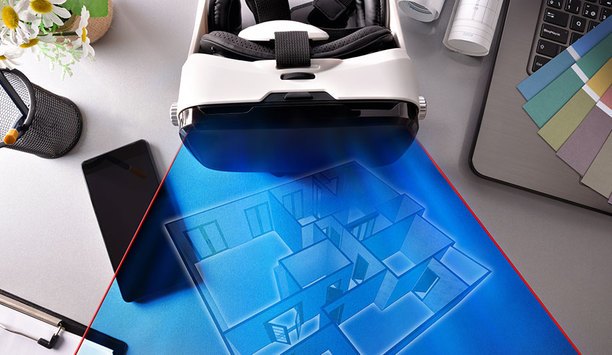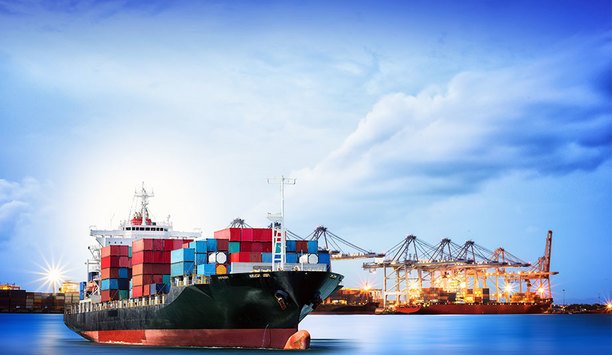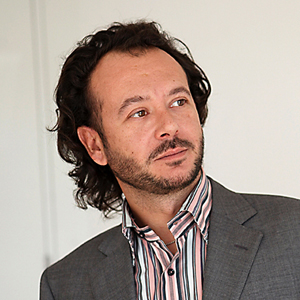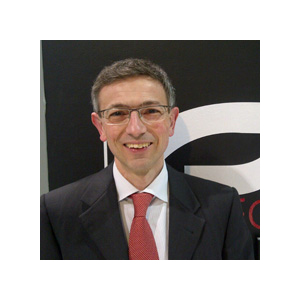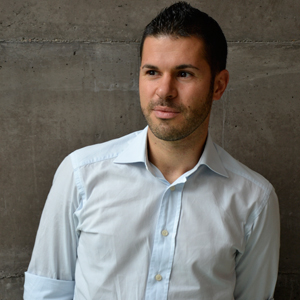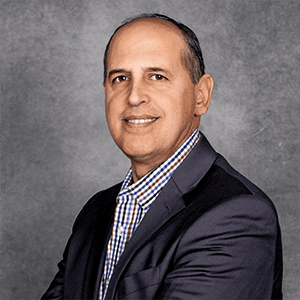Alessandro Franchini
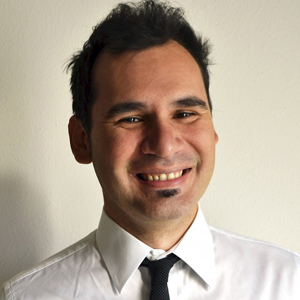
Alessandro Franchini
Marketing and Communication Manager, VideotecAlessandro Franchini is the Marketing and Communication Manager of Videotec SPA, producing video surveillance products for outdoor environments, such as marine, offshore, onshore, oil and gas, transportations and critical infrastructure. Since 1986, Videotec has been a global manufacturer in the security industry, specialising in the design and production of professional equipment. In Videotec Alessandro is in charge of all Communication and Strategic Marketing activities, like brand building, product marketing and market forecasting.
Articles by Alessandro Franchini
Building Information Modelling (BIM) can be described as the ‘use of shared digital representation of a built object (including buildings, bridges, roads, process plants, critical infrastructure...
The term ‘marine’ comes from the Latin mare, meaning sea or ocean, and marine habitats can be divided into two categories: coastal and open ocean. Video surveillance (VS) applications...
News mentions
Videotec produces a large line of specialist and certified products for video surveillance of Oil and Gas areas After having gone through the strict pre-qualification procedure, Vid...
digivod, the German video management and PSIM software, fully integrated the IP cameras in the Ulisse and the MPX PTZ series, produced by Videotec, an Italian company well-known for the high quality a...
